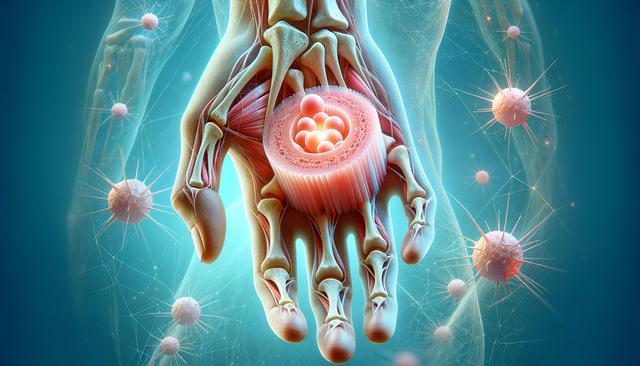Understanding Cartilage and Its Challenges
Cartilage is a resilient and smooth elastic tissue that covers and protects the ends of long bones at the joints. Its primary function is to enable smooth movements and absorb mechanical shock. However, cartilage has a limited capacity to heal itself when injured due to its lack of blood vessels. This intrinsic limitation poses significant challenges for both patients and healthcare providers. Common causes of cartilage damage include traumatic injuries, degenerative diseases like osteoarthritis, and congenital abnormalities. Without effective regeneration, damaged cartilage can lead to chronic pain, reduced mobility, and even permanent joint deformity. Recognizing these challenges is crucial when considering the importance of advancements in cartilage regeneration techniques.
Modern Techniques for Cartilage Regeneration
In recent years, various innovative approaches have emerged to promote cartilage regeneration. These methods aim to either stimulate the body’s natural healing processes or introduce new tissue to replace damaged areas. Some of the most notable techniques include:
- Microfracture surgery: Creating small fractures in the underlying bone to stimulate cartilage growth.
- Autologous chondrocyte implantation (ACI): Harvesting a patient’s own cartilage cells, cultivating them in a lab, and reimplanting them into the damaged area.
- Osteochondral autograft transplantation: Transferring healthy cartilage and bone from one part of the joint to another.
- Stem cell therapies: Using mesenchymal stem cells to encourage the regeneration of cartilage tissue.
Each of these techniques comes with its own benefits and limitations. Factors such as the size and location of the defect, patient’s age, and overall health influence the choice of treatment. Continued research aims to refine these methods and enhance their effectiveness for broader patient populations.
The Role of Biomaterials in Supporting Regeneration
Biomaterials have increasingly become a centerpiece in the field of cartilage regeneration. These materials serve as scaffolds that support the growth of new cartilage tissue by providing a structure for cells to attach to and proliferate. Commonly used biomaterials include:
- Natural polymers such as collagen and hyaluronic acid
- Synthetic polymers like polylactic acid (PLA)
- Bioceramics that mimic the properties of natural bone and cartilage
Researchers carefully design these scaffolds to match the mechanical properties of native cartilage while also promoting cell differentiation and tissue integration. Combining biomaterials with growth factors and stem cells has shown promising outcomes in preclinical and clinical studies. The evolution of biomaterial science continues to push the boundaries of what is possible in tissue engineering.
Emerging Trends and Future Directions
The future of cartilage regeneration looks promising, with several emerging trends showing considerable potential. Key areas of advancement include:
- 3D bioprinting: Creating custom-shaped cartilage constructs tailored to a patient’s anatomy.
- Gene therapy: Modifying specific genes to enhance the regenerative capacity of cartilage cells.
- Nanotechnology: Developing nanoparticles that deliver therapeutic agents directly to damaged cartilage sites.
- Personalized medicine: Designing treatments based on an individual’s genetic and molecular profile.
These innovations aim to address current limitations in cartilage repair, such as incomplete regeneration and long recovery times. By embracing interdisciplinary collaboration among biologists, engineers, and clinicians, the field moves closer to more effective and accessible treatments for a broader range of patients.
Practical Considerations for Patients and Healthcare Providers
For individuals exploring cartilage regeneration options, it is important to have realistic expectations and a thorough understanding of available treatments. Practical considerations include:
- Assessment of the extent of cartilage damage through imaging techniques.
- Evaluation of eligibility for specific treatments based on overall health and lifestyle.
- Discussion of potential risks, benefits, and recovery timelines with healthcare providers.
- Commitment to post-treatment rehabilitation and physical therapy for optimal outcomes.
Healthcare providers play a crucial role in educating patients and guiding them through the decision-making process. Personalized treatment plans that take into account the patient’s specific circumstances are essential for achieving the best possible results. As research continues to evolve, staying informed about the latest advancements will be key for both patients and practitioners seeking effective cartilage regeneration solutions.


